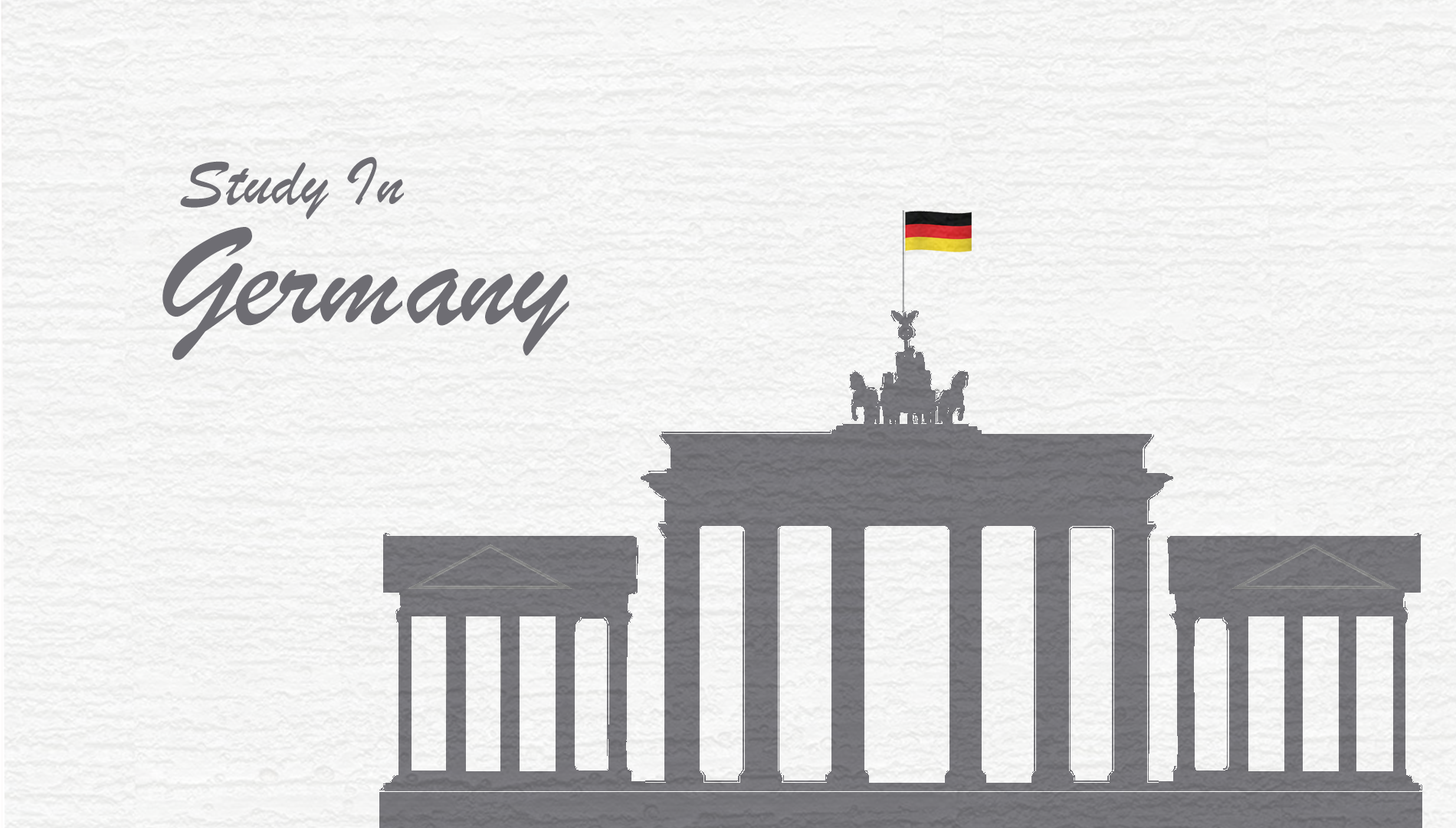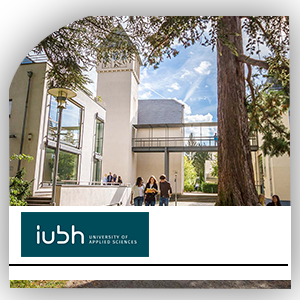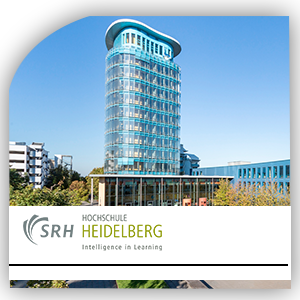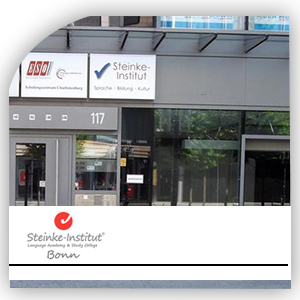Study in Germany
Germany is a country of diverse landscapes and exciting cities. Its economy is the largest in Europe and the fifth largest in the world. Many pioneering inventions come from Germany. Science and research have a long tradition and are highly valued today. Since opening its doors to immigrants in the 1960s, Germany has become a land of immigration. Germany is a cosmopolitan and tolerant country. Germany is one of the European Union’s founding members and works to promote closer integration among the countries of Europe. The landscapes of Germany are diverse and charming. On the North and Baltic Seas, there are island chains with long sand dunes, swaths of heath and moorland. Dense forests and medieval castles are situated in the rolling mountains of central Germany. The largest German cities are Berlin (3.3 million), Hamburg (1.7 million) and Munich (1.3 million). In all university towns in Germany – from the large, pulsating cities to the quieter towns – you can discover much about their long history. Historic city centres are frequently well preserved, along with their city walls, which date back to the Middle Ages. In some quarters, you can admire half-timbered houses or long boulevards lined with spacious and luxurious villas built during the “Gründerzeit”, the 19th-century period of German industrial expansion. Small towns and large cities offer an abundance of cultural highlights. Their event calendars are full of exhibitions, concerts, festivals, performances, trade fairs, sporting events, etc.
Germany is in Western and Central Europe, with Denmark bordering to the north, Poland and the Czech Republic to the east, Austria to the southeast, Switzerland to the south-southwest, France, Luxembourg and Belgium lie to the west, and the Netherlands to the northwest. It lies mostly between latitudes 47° and 55° N and longitudes 5° and 16° E. Germany is also bordered by the North Sea and, at the north-northeast, by the Baltic Sea. With Switzerland and Austria, Germany also shares a border on the fresh-water Lake Constance, the third largest lake in Central Europe.[94] German territory covers 357,021 km2 (137,847 sq mi), consisting of 349,223 km2 (134,836 sq mi) of land and 7,798 km2 (3,011 sq mi) of water. It is the seventh largest country by area in Europe and the 62nd largest in the world. Elevation ranges from the mountains of the Alps (highest point: the Zugspitze at 2,962 metres or 9,718 feet) in the south to the shores of the North Sea (Nordsee) in the northwest and the Baltic Sea (Ostsee) in the northeast. The forested uplands of central Germany and the lowlands of northern Germany (lowest point: Wilstermarsch at 3.54 metres or 11.6 feet below sea level) are traversed by such major rivers as the Rhine, Danube and Elbe. Germany’s alpine glaciers are experiencing deglaciation. Significant natural resources include iron ore, coal, potash, timber, lignite, uranium, copper, natural gas, salt, nickel, arable land and water.
Most of Germany has a temperate seasonal climate dominated by humid westerly winds. The country is situated in between the oceanic Western European and the continental Eastern European climate. The climate is moderated by the North Atlantic Drift, the northern extension of the Gulf Stream. This warmer water affects the areas bordering the North Sea; consequently in the northwest and the north the climate is oceanic. Germany gets an average of 789 mm (31 in) of precipitation per year; there is no consistent dry season. Winters are cool and summers tend to be warm: temperatures can exceed 30 °C (86 °F). The east has a more continental climate: winters can be very cold and summers very warm, and longer dry periods can occur. Central and southern Germany are transition regions which vary from moderately oceanic to continental. In addition to the maritime and continental climates that predominate over most of the country, the Alpine regions in the extreme south and, to a lesser degree, some areas of the Central German Uplands have a mountain climate, with lower temperatures and more precipitation.
Germany’s economy is the largest in Europe and the fifth largest in the world. In 2011 German companies exported goods valued at over one trillion euros. Most of Germany’s exports are products made for the areas of electrical engineering, mechatronics, heavy machinery, the automotive industry, environmental technology, pharmaceuticals and chemicals. Consumers around the world recognise “Made in Germany” as a seal of quality. Germany is home to many trusted and renowned market leaders, such as Mercedes, BMW, Audi, Bayer, Siemens and many others. In the same way Germany fosters trade relations with partners around the world, German companies also work hard to promote the international exchange of qualified professionals.
Germany is the third most popular destination among international students in the world. More than twelve percent of students at German universities come from abroad – just like you. Germany is an attractive place to study and German university degrees are highly respected by employers worldwide.
TOP QUALITY
German universities offer excellent teaching and research, ranking among the best in the world. You will earn an internationally renowned degree, giving you excellent prospects on the global labour market.
GEARED TO PRACTICE German universities provide outstanding academic programmes, while universities of applied sciences offer a range of attractive, practice-oriented options. Many study programmes combine theory and practice. This will greatly facilitate your career start.
POTENTIAL UNLOCKED In Germany, you can make the most of yourself. Here you can develop your intellectual abilities and personal skills freely and reach your full potential. If you are out to achieve great things, you will find determination, motivation and commitment open many doors – both during your studies and after your studies.
SAFE COUNTRY
In comparison with other countries, Germany is a safe country. In town or in the countryside, by day or by night, you can move around freely here. Germany offers economic and political stability, which makes it an ideal place for you to study.
DIVERSITY
Discover the beauty and diversity Germany has to offer! When you take time off from your studies, there are 1001 ways of finding out more about your host country. For example, you can go to a museum, a cinema or a theatre, you can sit in a beer garden, you can go for a walk on a beach, you can swim in a lake, climb a mountain or visit an old castle.
TYPES OF UNIVERSITIES:
VERY HIGH QUALITY AT ALL UNIVERSITIES: In Germany you can study at universities, universities of applied sciences and colleges of art, film and music. Choosing the right type of university largely comes down to what you would like to study. Universities are also divided into private and publicly funded institutions. The quality of instruction, however, is comparably high at all institutions of higher education.
There are 427 state accredited universities in some 180 towns and cities around Germany. Together, these universities offer a total of over 18,000 degree programmes. TYPES There are three types of higher education institutions in Germany: Universities Universities of applied sciences Colleges of art, film and music Choosing the right type of university largely depends on what you want to study. Universities offer strong theoretical and academically-oriented degree programmes and a broad range of disciplines. Some universities have specialised in certain subject areas, for example, technical universities, medical schools and colleges of education. If you would like to pursue a doctorate (earn a PhD) at some point, a university is the right place for you. FACTS AND FIGURES In the winter semester 2014/2015, almost 2.7 million students were enrolled at 427 state-accredited institutions of higher education in Germany: 1.7 million students at 107 universities, 930,000 students at 246 universities of applied sciences, 35,000 students at 52 colleges of art, film and music, 2,500 at 16 colleges of theology and 25,000 at six universities of education Source: Federal Statistical Office UNIVERSITIES OF APPLIED SCIENCES Instruction at universities of applied sciences is strongly practice-oriented. The course work provides the theoretical background and prepares students for the real-world requirements of professional life. Internships and practical semesters form an integral part of the degree programmes. COLLEGES OF ART, FILM AND MUSIC Colleges of art, film and music offer instruction in artistic subjects, such as Fine Arts, Acting, Dance, Industrial and Fashion Design, Graphic Art, Instrumental Music and Singing. Students enrolled at colleges for modern media are trained to become directors, camera operators, screenwriters and film and television professionals. UNIVERSITY POLICY Education in Germany is not centrally regulated. Each of the 16 states is permitted to issue its own university regulations and guidelines. German universities exercise a great deal of independence. For this reason, rules do not always apply to all universities in the same way. Therefore, we recommend inquiring about the specific requirements at the university of your choice before you apply. To gain admission to such programmes, you have to demonstrate special artistic talent, normally by means of an aptitude test. There are also special admission requirements for these colleges. Please note that most art, film and music colleges only provide instruction in German. PUBLIC AND PRIVATE UNIVERSITIES Most universities in Germany are publicly financed. A few universities receive their funding from the Protestant or Catholic Church. However, there are 120 private universities – most of them universities of applied sciences – whose degrees are recognised by the state. Most students in Germany are enrolled at public universities. Only around 5.5 percent attend a private university. This is because private universities often charge high tuition fees. The quality of instruction at both types of universities is comparably good.






